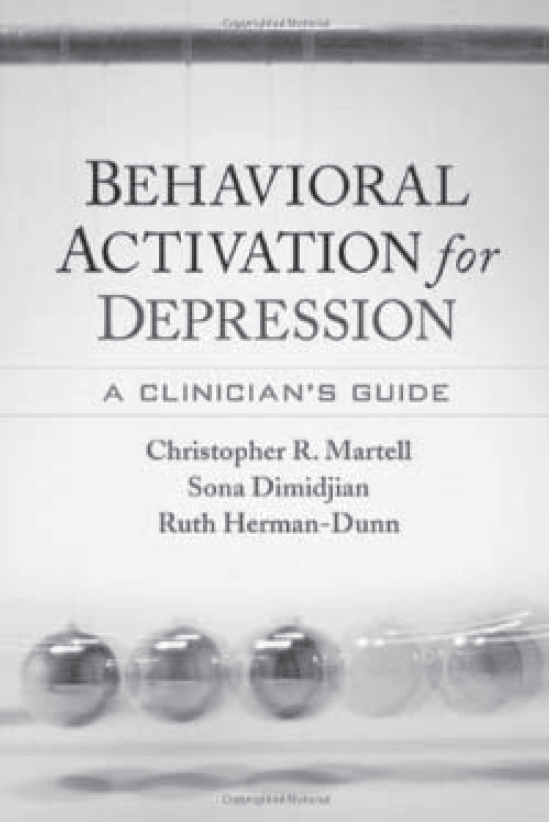
As the authors comment in this very accessible book, they are sometimes confronted by the objection that behavioural activation ‘sounds too simplistic’. It is indeed a very clear and straight-forward model for helping people who experience depression. Nevertheless, coaching a client into accepting that what they need to do in order to feel better in their mood is to begin to identify and indulge in more ‘antidepressant behaviours’ can be a challenging task; but it is a rewarding one. In fact, for me the great advantage of the model is that it is remarkably easy to follow. For some, of course, this may be its downfall. After all, is a psychological therapy not supposed to be complicated to learn, couched in mystifying language and (these days anyway) contain the word ‘cognitive’ in its title?
Behavioural activation starts from the premise that in order to feel better it is necessary to ‘act’ better; that mood and activity are inextricably related to each other; that as a person becomes more depressed they stop engaging in activities that were once pleasurable, utilise escape or avoidance behaviours which service to keep them stuck in a rut, such as shutting themselves away in their room and not answering the phone; pull away from their world and potential sources of antidepressant reinforcement, and as a consequence feel more down. Behavioural activation really works, as the authors have demonstrated in their research, and there is evidence that it is as effective as ‘full’ cognitive–behavioural therapy. It is now in the National Institute for Health and Clinical Excellence guidance for depression. It is being increasingly used, as I know first-hand, as a front-line therapy by workers in primary care mental health. As a client of the authors once very succinctly put it: ‘So are you saying that cognitive therapists believe that the head teaches the hands, whereas the BA (behavioural activation) approach assumes that the hands teach the head?’ That is a great way of describing something which is essentially a very practical way of learning how to feel better.





eLetters
No eLetters have been published for this article.